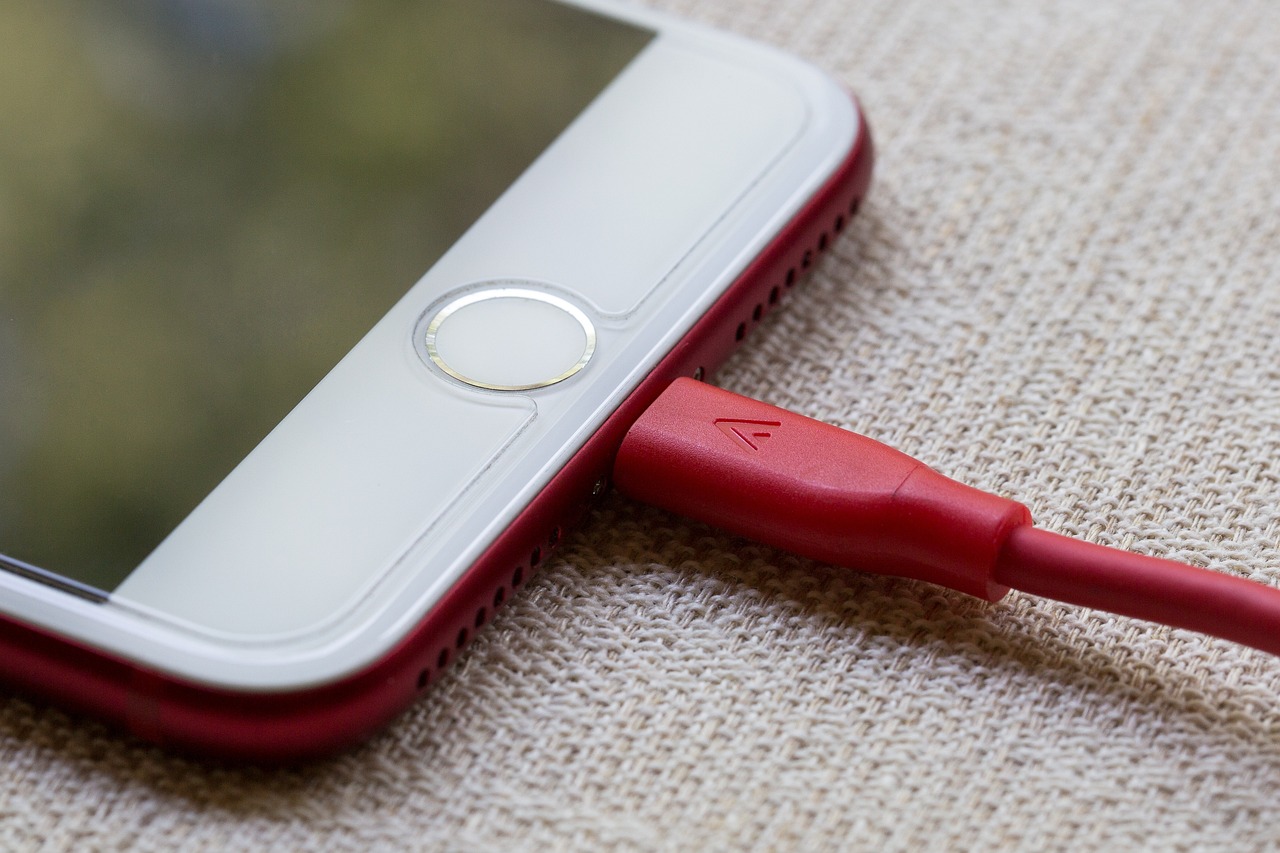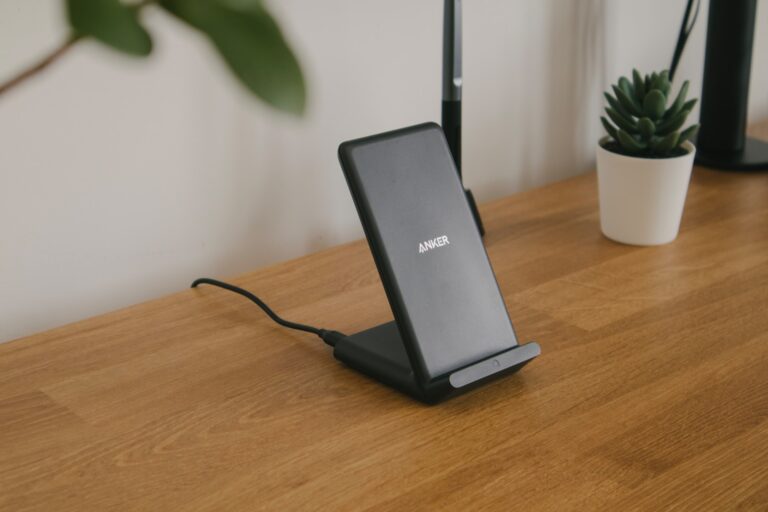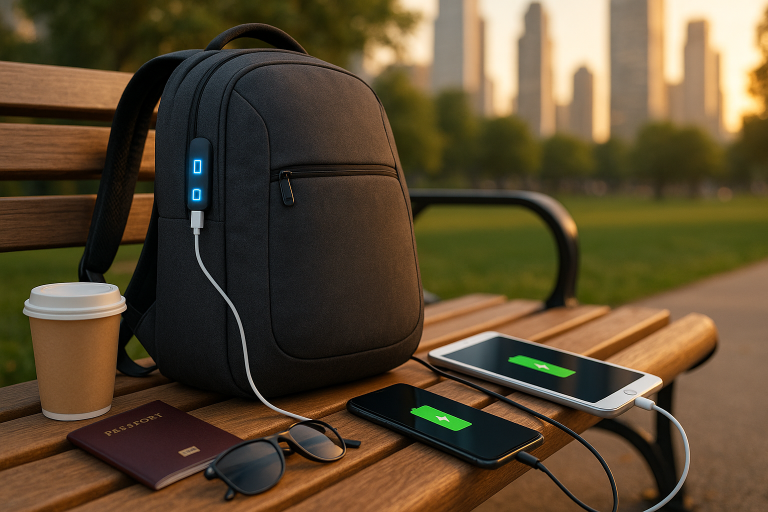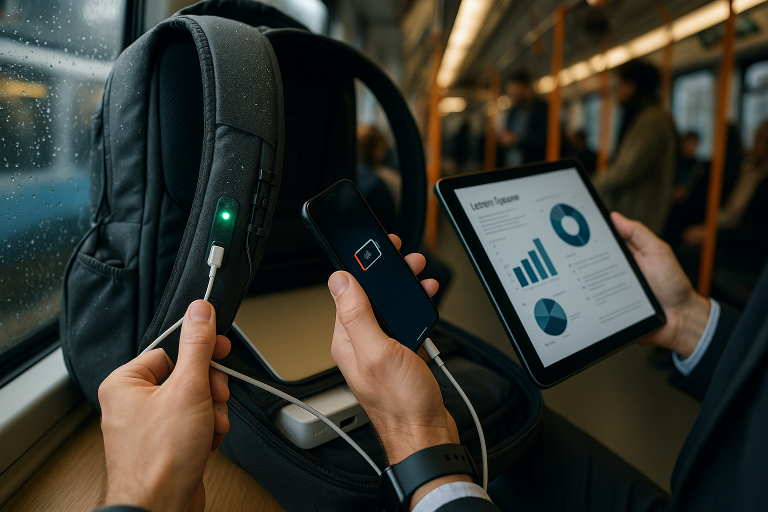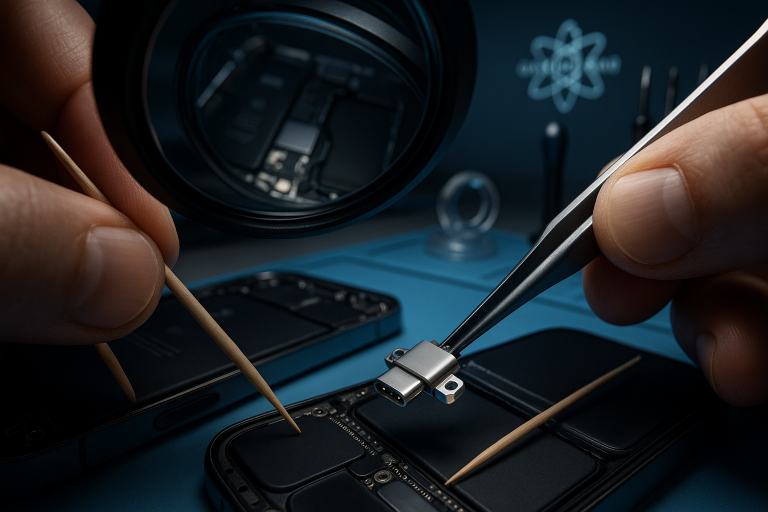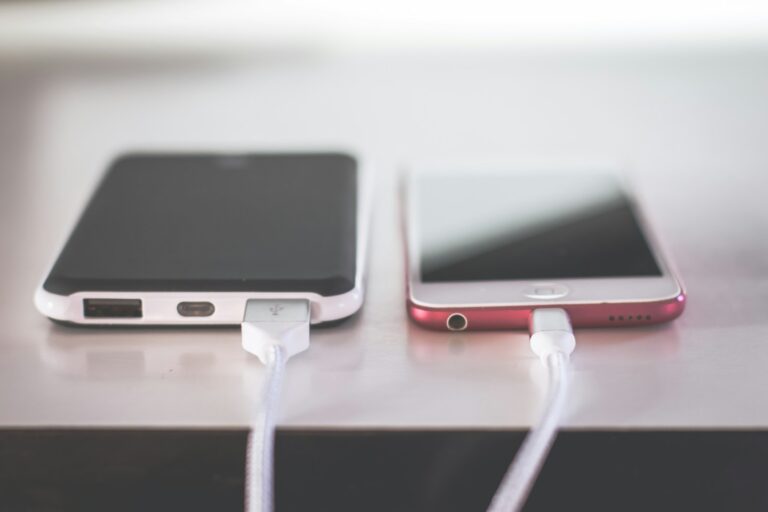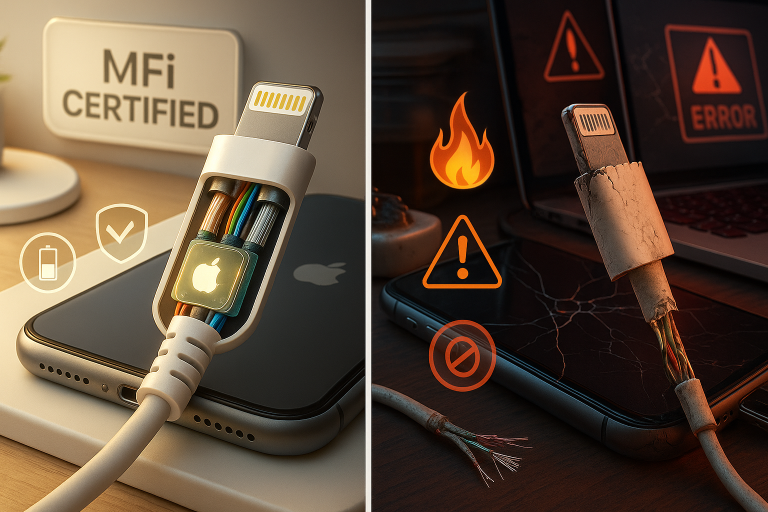How Do Chargers Charge Phones?
As someone who relies on my phone for everything, understanding how chargers work has become essential to me.
In this article, I’ll explore the fascinating world of chargers and explain the various methods they use to charge our devices.
By delving into the science behind charging methods like inductive and conductive charging, we can gain insights into how electricity is transferred from the charger to our phone’s battery.
Join me as we uncover the secrets behind how chargers charge phones!
Key Takeaways
- Chargers charge phones using either inductive charging or conductive charging methods.
- Inductive charging involves generating a magnetic field to induce an electrical current in the device’s coil of wire, while conductive charging uses metal contacts to create a circuit for electricity to flow.
- Chargers need to be plugged into a power source, such as a wall outlet or USB port, to transfer electricity to the device and charge it.
- The type of charger used, the device’s battery capacity, and the condition of the battery can all affect the efficiency and speed of the charging process.
Different Charging Methods
While there are various charging methods available, it’s important to understand the pros and cons of each option.
One popular method is wireless charging, which offers several benefits. Wireless charging eliminates the need for cables and plugs, making it more convenient and reducing clutter. It also allows for greater flexibility in charging, as devices can be placed on a charging pad or dock without the need for precise alignment.
However, wireless charging can be slower compared to other methods, and it may not be compatible with all devices.
Other charging methods, such as inductive and conductive charging, have their own advantages and disadvantages. Inductive charging is efficient and widely used, but it requires a separate charging pad. Conductive charging, on the other hand, may be less convenient but can provide faster charging speeds.
| Charging Method | Description |
|---|---|
| Inductive Charging | Generates a magnetic field to induce electrical current. Convenient and versatile. |
| Conductive Charging | Uses metal contacts to create a circuit for electricity. May be less convenient but faster. |
| Wireless Charging | Eliminates the need for cables and plugs, but can be slower and less compatible. |
Understanding the pros and cons of different charging methods can help determine the best option for your needs.

Inductive Charging Explained
Inductive charging works by using a magnetic field to transfer electricity to the device. Here are the benefits of inductive charging and the drawbacks of conductive charging:
- Convenience: With inductive charging, you don’t need to plug your device into a charger. Simply place it on a charging pad or dock, and it will start charging wirelessly. No more hassle with tangled cords.
- Durability: Inductive charging eliminates the need for physical connectors, reducing wear and tear on both the device and the charger. This can lead to a longer lifespan for your device.
- Versatility: Inductive charging pads can charge multiple devices at once, making it convenient for households with multiple devices. It also allows for charging different types of devices, such as smartphones, smartwatches, and wireless earbuds, all on the same pad.
- Compatibility: Many modern devices support inductive charging, making it a widely adopted charging method. However, conductive charging is still used for devices with removable batteries and some older smartphones.

Conductive Charging and Its Application
Sometimes, conductive charging is used for devices with removable batteries or older smartphones. Conductive charging involves the use of metal contacts to create a circuit between the charger and the device. This allows electricity to flow through the circuit and power the device.
One benefit of conductive charging is that it’s a simple and cost-effective method. It doesn’t require specialized technology or complex infrastructure.
However, conductive charging also has its limitations. For example, it requires physical contact between the charger and the device, which means the device must be placed precisely on the charging dock or connected to the charger with a cable. Additionally, conductive charging may not be as efficient as other charging methods, resulting in slower charging times.
Despite these limitations, conductive charging remains a viable option for certain devices and can still be found in use today.
Understanding the Power Source
When I plug my charger into a power source, it provides the electricity needed to charge my phone. Here are four key points to understand about the power source:
- Importance of power adapters: Power adapters are essential for charging our phones. They convert the electrical current from the power source into a form that our devices can use.
- USB charging options: USB ports have become a popular choice for charging phones. They offer convenience and compatibility with various devices. USB charging options include wall chargers, car chargers, and even power banks.
- Charging speed: The power source plays a crucial role in determining the charging speed of our phones. A higher voltage or amperage from the power source can result in faster charging times.
- Power source compatibility: It’s important to ensure that the power source we use is compatible with our device’s charging requirements. Using an incompatible power source can potentially damage our phones or cause slower charging speeds.
Factors Affecting Charging Efficiency
One important factor that can affect the efficiency of charging is the type of charger used. To maximize charging speed, it’s crucial to use a fast charger that’s compatible with the device. Fast chargers are designed to deliver a higher current, which results in faster charging times.
Additionally, the condition of the device’s battery also plays a role in charging efficiency. A battery that’s in good condition and has a higher capacity will generally charge more quickly. On the other hand, a battery that’s old or degraded may take longer to charge. Therefore, it’s important to regularly check the battery health and replace it if necessary to ensure optimal charging efficiency.
| Factor | Description |
|---|---|
| Charger Type | Use a fast charger compatible with the device for faster charging. |
| Battery Condition | A good battery with higher capacity charges more quickly. |
| Charger Quality | Higher output power, USB type, brand reputation, and safety features matter. |
Making Informed Charger Choices
I always consider multiple charger options before making an informed choice. When it comes to maximizing charging speed, the quality of the charger plays a crucial role. Here are four factors I consider when selecting a charger:
- Output Power: I look for chargers with higher output power ratings, such as 2.4A or 3.0A, as they can charge my phone faster than lower-rated ones.
- USB Type: Chargers with USB-C ports offer faster charging speeds for compatible devices, so I prefer them over chargers with older USB-A ports.
- Brand Reputation: I trust reputable brands known for producing high-quality chargers. Their chargers are usually built with better components and offer more reliable charging performance.
- Safety Features: Chargers with built-in safety features like surge protection and overheat prevention provide peace of mind and protect my device from potential damage.
Considering these factors allows me to make informed charger choices and ensure I get the most efficient and reliable charging experience for my phone.

Optimizing Charging for Longer Battery Lifespan
To optimize the charging process for a longer battery lifespan, it’s important to avoid constantly overcharging the device. Overcharging can lead to increased heat and stress on the battery, which can degrade its overall performance and reduce its lifespan.
To maximize charging speed while still maintaining battery health, there are a few battery maintenance tips to keep in mind. Firstly, it’s recommended to use the original charger or a charger that’s specifically designed for your device. Using a charger with the wrong voltage or current can potentially damage the battery.
Additionally, it’s a good practice to avoid charging your device to 100% all the time. Instead, aim to keep the battery level between 20% and 80% for optimal longevity.
Lastly, it’s important to avoid exposing your device to extreme temperatures, as this can negatively impact the battery as well.
| Consideration | Description |
|---|---|
| Avoid Overcharging | Overcharging can degrade battery performance. |
| Use the Right Charger | Using the correct charger voltage and current is crucial. |
| Charge Between 20% and 80% | Maintain battery health by keeping the charge level in this range. |
| Avoid Extreme Temperatures | Extreme temperatures can harm the battery. |
Conclusion
Understanding how chargers work is essential for maximizing the lifespan of our phone batteries and having better charging experiences.
By exploring methods such as inductive and conductive charging, we gain insights into how electricity is transferred to our devices.
Factors like charging speed and battery condition also play a role in charging efficiency.
Armed with this knowledge, we can make informed decisions when choosing chargers and optimize our charging habits for longer battery lifespan.
So, next time you plug in your phone, remember the science behind how chargers charge phones!

